9 Ocean Facts You Likely Don’t Know, But Should
9 Ocean Facts You Likely Don’t Know, but Should
Earth is a place dominated by water, mainly oceans. It’s also a place our researchers study to understand life. Trillions of gallons of water flow freely across the surface of our blue-green planet. Ocean’s vibrant ecosystems impact our lives in many ways.
In celebration of World Oceans Day, here are a few things you might not know about these complex waterways.
1. Why is the ocean blue?

The way light is absorbed and scattered throughout the ocean determines which colors it takes on. Red, orange, yellow,and green light are absorbed quickly beneath the surface, leaving blue light to be scattered and reflected back. This causes us to see various blue and violet hues.
2. Want a good fishing spot?

Follow the phytoplankton! These small plant-like organisms are the beginning of the food web for most of the ocean. As phytoplankton grow and multiply, they are eaten by zooplankton, small fish and other animals. Larger animals then eat the smaller ones. The fishing industry identifies good spots by using ocean color images to locate areas rich in phytoplankton. Phytoplankton, as revealed by ocean color, frequently show scientists where ocean currents provide nutrients for plant growth.
3. The ocean is many colors.

When we look at the ocean from space, we see many different shades of blue. Using instruments that are more sensitive than the human eye, we can measure carefully the fantastic array of colors of the ocean. Different colors may reveal the presence and amount of phytoplankton, sediments and dissolved organic matter.
4. The ocean can be a dark place.
About 70 percent of the planet is ocean, with an average depth of more than 12,400 feet. Given that light doesn’t penetrate much deeper than 330 feet below the water’s surface (in the clearest water), most of our planet is in a perpetual state of darkness. Although dark, this part of the ocean still supports many forms of life, some of which are fed by sinking phytoplankton.
5. We study all aspects of ocean life.

Instruments on satellites in space, hundreds of kilometers above us, can measure many things about the sea: surface winds, sea surface temperature, water color, wave height, and height of the ocean surface.
6. In a gallon of average sea water, there is about ½ cup of salt.

The amount of salt varies depending on location. The Atlantic Ocean is saltier than the Pacific Ocean, for instance. Most of the salt in the ocean is the same kind of salt we put on our food: sodium chloride.
7. A single drop of sea water is teeming with life.

It will most likely have millions (yes, millions!) of bacteria and viruses, thousands of phytoplankton cells, and even some fish eggs, baby crabs, and small worms.
8. Where does Earth store freshwater?

Just 3.5 percent of Earth’s water is fresh—that is, with few salts in it. You can find Earth’s freshwater in our lakes, rivers, and streams, but don’t forget groundwater and glaciers. Over 68 percent of Earth’s freshwater is locked up in ice and glaciers. And another 30 percent is in groundwater.
9. Phytoplankton are the “lungs of the ocean”.

Just like forests are considered the “lungs of the earth”, phytoplankton is known for providing the same service in the ocean! They consume carbon dioxide, dissolved in the sunlit portion of the ocean, and produce about half of the world’s oxygen.
Want to learn more about how we study the ocean? Follow @NASAEarth on twitter.
Make sure to follow us on Tumblr for your regular dose of space: http://nasa.tumblr.com.
More Posts from In-pursuit-of-knowledge-blog and Others
ASTONISHING, said Death. REALLY ASTONISHING. LET ME PUT FORWARD ANOTHER SUGGESTION: THAT YOU ARE NOTHING MORE THAN A LUCKY SPECIES OF APE THAT IS TRYING TO UNDERSTAND THE COMPLEXITIES OF CREATION VIA A LANGUAGE THAT EVOLVED IN ORDER TO TELL ONE ANOTHER WHERE THE RIPE FRUIT WAS. Fighting for breath, the philsopher managed to say, ‘Don’t be silly.’ THE REMARK WAS NOT INTENDED AS DEROGATORY, said Death. UNDER THE CIRCUMSTANCES, YOU HAVE ACHIEVED A GREAT DEAL.
Terry Pratchett, “Death and What Comes Next” (A Blink of the Screen) (Tired of dealing with philosophers but never tired of humanity as a whole.)
So I stumbled onto the Etsy shop of this academic who–in real life–is an expert on cuneiform–and on the side, makes little trinkets with Sumerian on them and OH MAN THIS SHOP HAS MADE MY ENTIRE WEEK For the price of about thirty bucks, you too can have a clay necklace that says “Like a farting butt, the mouth brings forth too many words” in the oldest written language on earth https://www.etsy.com/listing/537034173/choose-your-words-carefully-like-a?ref=shop_home_active_23
Or a necklace that declares “I have ferocious features that exude sexiness” https://www.etsy.com/listing/540406774/i-have-ferocious-features-that-exude?ref=shop_home_active_54 Or be the ultimate hipster and anti-capitalist before capitalism even existed with “Wanting more riches when already wealthy offends the gods” https://www.etsy.com/listing/543598245/wanting-more-riches-when-already-wealthy?ref=shop_home_active_6
Sumerian erotic poetry? Got it. Sumerian drinking songs? Yep. A little something for everyone on your Akitu gift list.

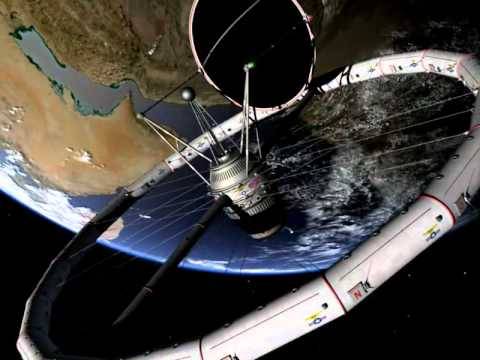




1945-1952 - Space Station by Wernher von Braun - Von Braun was a leading aerospace engineer first in Germany until 1945, and after being captued by U.S. forces in the same year, he continued working for NASA in U.S. He made United States able to develop the Saturn/Apollo program, making humans landing on the moon. The pictures here by NASA show one of Wernher von Braun’s fantastic plans, designing a space station for humans. NASA said that “(Wernher von Braun is) without any doubt the greatest rocket scientist in history”. For further details on the space station, please study the following link, adding a lot of details to this concept: http://www.astronautix.com/craft/vonation.htm. The following quote is as well from that website: “In the first 1946 summary of his work during World War II, Wernher von Braun prophesied the construction of space stations in orbit. The design, a toroidal station spun to provide artificial gravity, would be made very familiar to the American public over the next six years. The design was elaborated at the First Symposium on Space Flight on 12 October 1951 at the Hayden Planetarium in New York City. The design was popularized in the series in Colliers magazine, illustrated with gorgeous Chesley Bonestell painting, in 1952. The 1946 version used 20 cylindrical sections, each about 3 m in diameter and 8 m long, to make up the toroid. The whole station was about 50 m in diameter and guy wires connecting and positioning the toroid to the 8 m-diameter central power module. This was equipped with a sun-following solar collector dish to heat fluid in a ball-shaped device. The heated fluid would run an electrical generator. Presumably visiting spacecraft would dock or transfer crew at the base of the power module.”
"When Shelley's corpse washed ashore, a friend identified it by a copy of Keats's 1820 volume in the coat pocket, which he knew Shelley had taken with him. Then, after cremation in which Shelley's heart, hardened by calcium, did not burn, this same friend snatched it from the embers and presented it to Mary Shelley, who kept it thereafter in her desk, wrapped in a copy of 'Adonais."
Here’s your morbid literary fact of the day.
everyone should watch Atlantis: The Lost Empire. it really sparks wonder and curiosity towards other civilizations!, living and dead. (and Milo Thatch is very clever.)

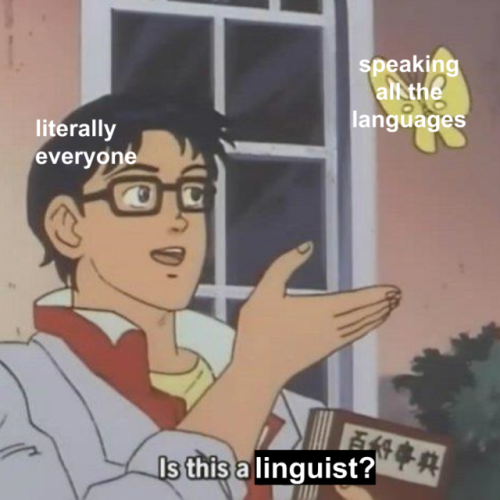
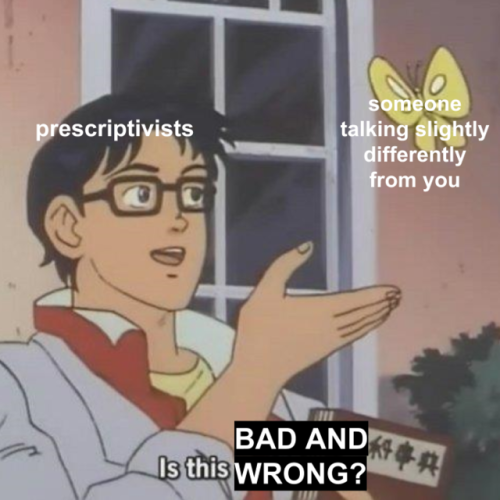
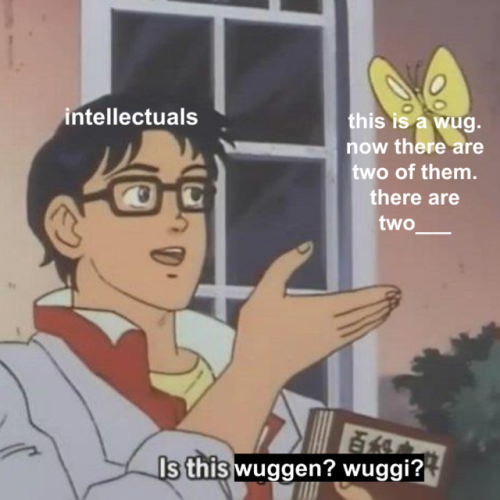
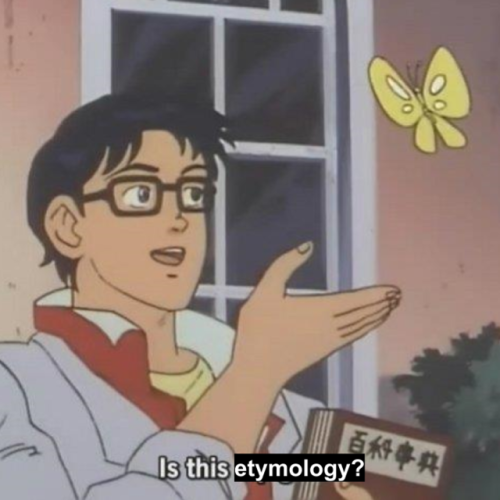
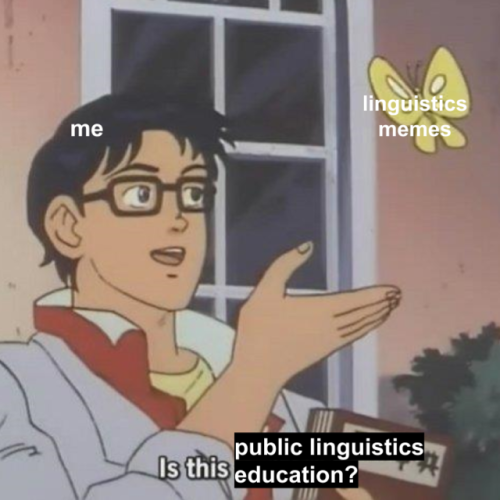
Linguistics takes on the “Is this a pigeon” meme.
-
 elegantlyenchantedstubbornfool liked this · 2 weeks ago
elegantlyenchantedstubbornfool liked this · 2 weeks ago -
 00captainbalboa liked this · 1 year ago
00captainbalboa liked this · 1 year ago -
 simulite liked this · 1 year ago
simulite liked this · 1 year ago -
 seren1tiff liked this · 1 year ago
seren1tiff liked this · 1 year ago -
 markwickens liked this · 1 year ago
markwickens liked this · 1 year ago -
 domquixotedospobresblog liked this · 1 year ago
domquixotedospobresblog liked this · 1 year ago -
 workpanoto liked this · 1 year ago
workpanoto liked this · 1 year ago -
 thereisanother liked this · 2 years ago
thereisanother liked this · 2 years ago -
 bloodtohold liked this · 2 years ago
bloodtohold liked this · 2 years ago -
 luzazuladah liked this · 2 years ago
luzazuladah liked this · 2 years ago -
 rede3pl liked this · 2 years ago
rede3pl liked this · 2 years ago -
 littlebunnyman reblogged this · 3 years ago
littlebunnyman reblogged this · 3 years ago -
 machet-t-omniversal liked this · 3 years ago
machet-t-omniversal liked this · 3 years ago -
 cats-are-a-girls-bestfriend reblogged this · 3 years ago
cats-are-a-girls-bestfriend reblogged this · 3 years ago -
 cats-are-a-girls-bestfriend liked this · 3 years ago
cats-are-a-girls-bestfriend liked this · 3 years ago -
 haml3t liked this · 3 years ago
haml3t liked this · 3 years ago -
 ratspiral liked this · 3 years ago
ratspiral liked this · 3 years ago -
 rnangopantsu reblogged this · 3 years ago
rnangopantsu reblogged this · 3 years ago
Once I was made of stardust. Now I am made of flesh and I can experience our agreed-upon reality and said reality is exciting and beautiful and terrifying and full of interesting things to compile on a blog! / 27 / ENTP / they-them / Divination Wizard / B.E.y.O.N.D. department of Research and Development / scientist / science enthusiast / [fantasyd20 character]
162 posts


